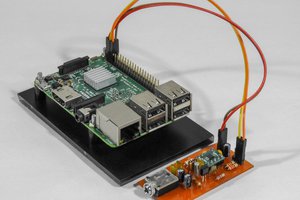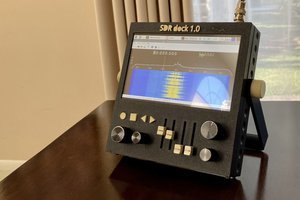This project will be an open source project once the schematics and code are cleaned up a lot. Right now everything is wonderful development mess :)
- 20 Flexible Inputs (ADC, Digital, DAC) with individual selectable voltage ranges
- 12 Bit ADC (SAR)
- Programmable Unique reference voltage for each port
- 400Ksps
- 2 NO relays for controlling whatever
- 3 indicator LEDs (wired directly to the Raspberry Pi IO)
- 1 Thermocouple Input
- Raspberry Pi IO all available at the end of the board
- 5V, 3.3V, 10V & -10V power available
- Selectable voltage references (can use an external reference)
- Simple analog design allows design to be reused easily
- Nice screw-able terminal blocks for easy connection
 roboteurs
roboteurs
 Dilshan Jayakody
Dilshan Jayakody
 Ashwin K Whitchurch
Ashwin K Whitchurch
 AlfredC
AlfredC
 Kaushlesh C. ( KD9VFU )
Kaushlesh C. ( KD9VFU )